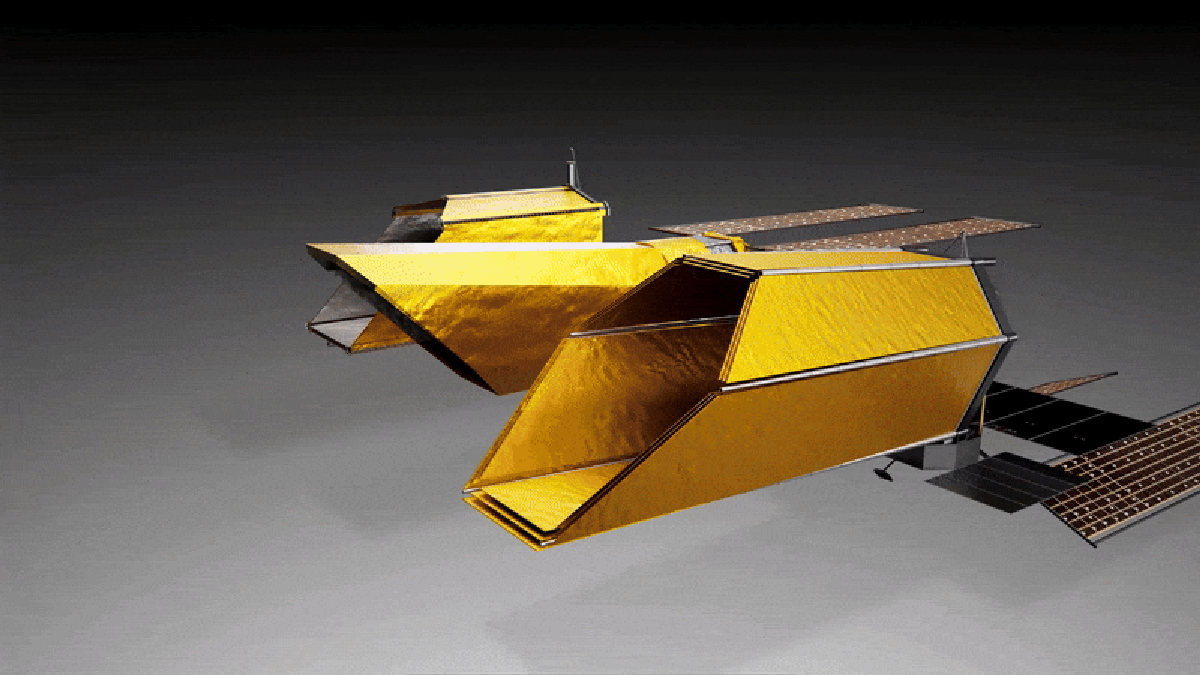
"They are prepping for NASA's next flagship space telescope, a multibillion-dollar machine that could launch as early as the mid-late 2030s and reveal whether Earths are as universal as sand on a beach or if our watery world is instead a lonely island in a quiet sea. Called the Habitable Worlds Observatory, the telescope's core mission is to search for signs of alien biospheres on Earth-size planets orbiting sunlike starsworlds, at least in theory, that could be twins of our own."
"It's a sweltering Tuesday in Washington, D.C., the kind of day that stretches the definition of Earth as a habitable planet. But on an eighth-floor terrace near the U.S. Capitol building, dozens of people are outside anyway, talking and watching as passersby dart between pools of shade on the sticky streets below. Besides the heat, the onlookers are sweating something else, tooan audacious project to learn, at last, whether we have any neighbors living on Earth-like planets in our neck of the Milky Way."
"Back inside, a boisterous reception is underway. Hundreds of scientists and engineers, NASA leaders, lobbyists, congressional staffers and Senator Mark Kelly of Arizona are also discussing the search for ET. Surveilling alien worlds for signs of life is a lot more than a twinkle in this community's eye. It's the reason why everyone is here for a four-day science conference in late July, at the height of D.C.'s arguably habitable oppressive summer heat."
Scientists, engineers, NASA leaders, lobbyists, congressional staffers and a senator convened in Washington to advance planning for the Habitable Worlds Observatory. The Habitable Worlds Observatory is a multibillion-dollar flagship telescope proposed for possible launch in the mid-to-late 2030s to search for biosignatures on Earth-size planets orbiting sunlike stars. The mission depends on directly imaging extremely faint planetary light and separating it from the overpowering glare of host stars. Achieving that requires advanced optics and starlight-suppression technologies. The project aims to determine whether Earth-like, watery worlds are common or rare in the local Milky Way and is driving technical and political coordination.
Read at www.scientificamerican.com
Unable to calculate read time
Collection
[
|
...
]